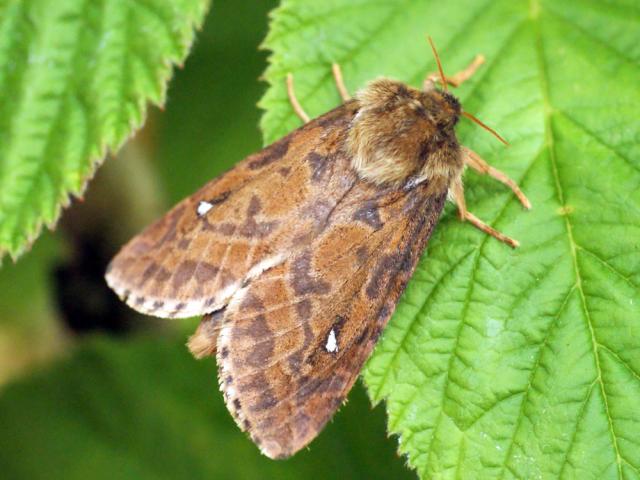
Map-winged Swift
The males are more brightly coloured and smaller than the females, with a distinctive bright orange-brown forewing and two dark-edged white lines forming an open V. The females are a duller brown. When at rest they hold their elongated wings almost vertically against their body.
The adults have short antennae and have no functioning mouthparts so cannot feed. The caterpillars can be found from September to the following May or June, overwintering twice as larvae so the life cycle takes two years to complete.
The roots of a variety of herbaceous plants including Broad-leaved Dock (Rumex obtusifolius) dandelion, Bracken (Pteridium aquilinum) and probably also grasses.
Rough grassy places including gardens, roadside verges, downland, moorland and woodland rides.
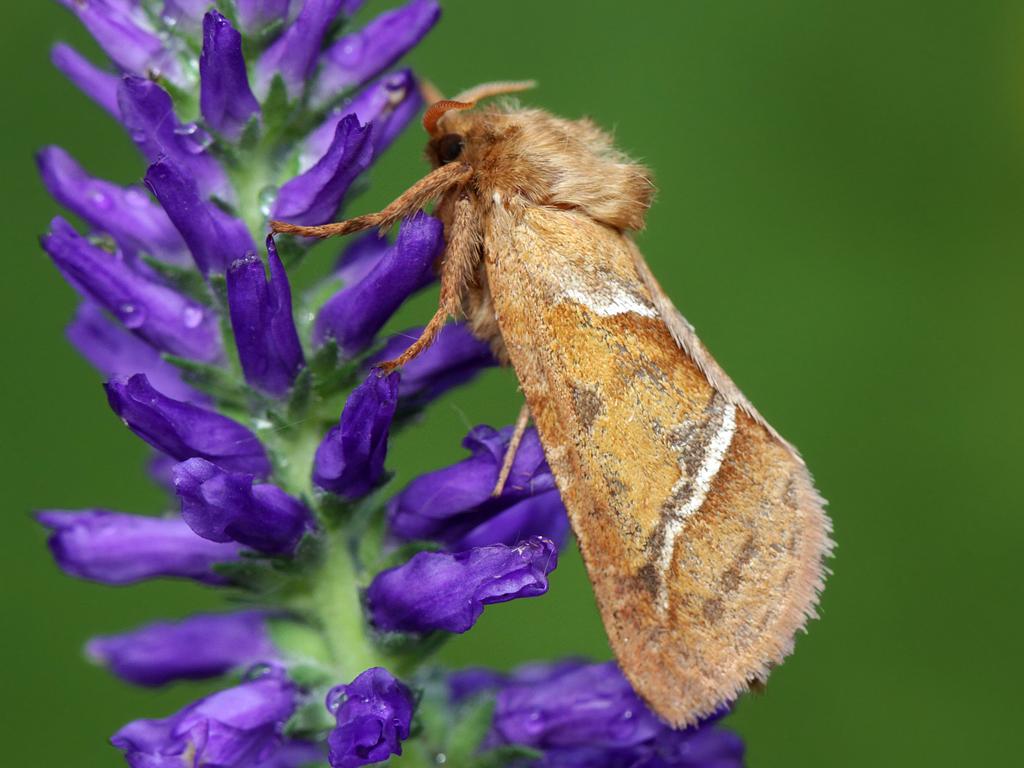
Orange Swift - nutmeg66
nutmeg66
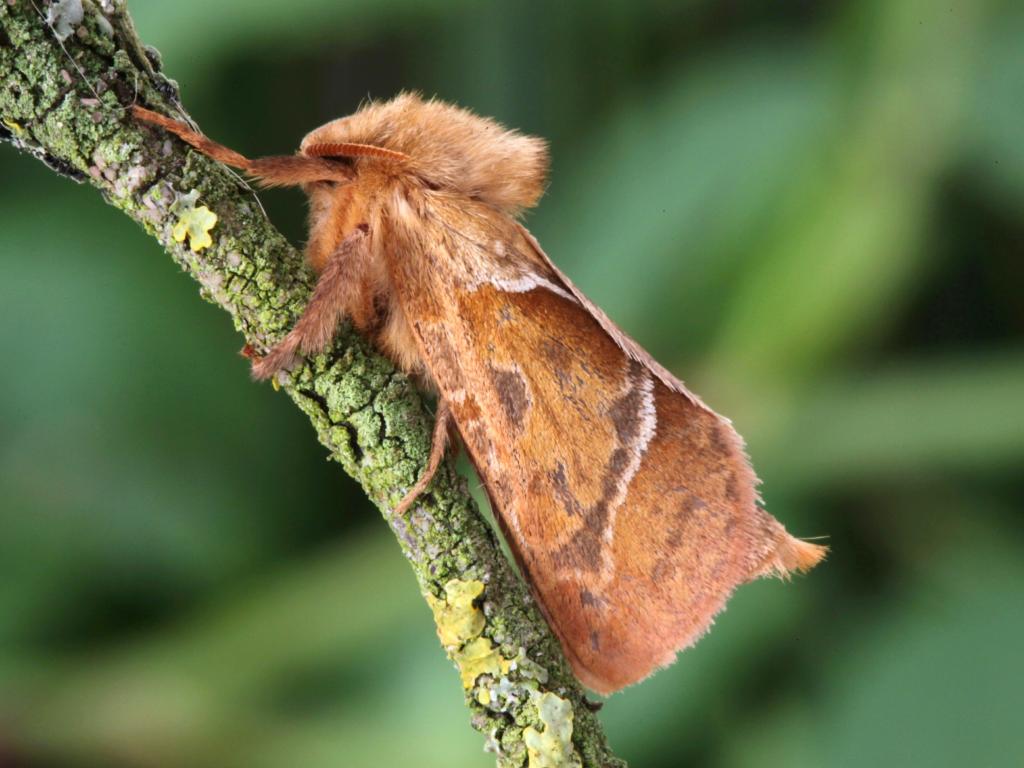
Orange Swift - Garry Barlow
Garry Barlow
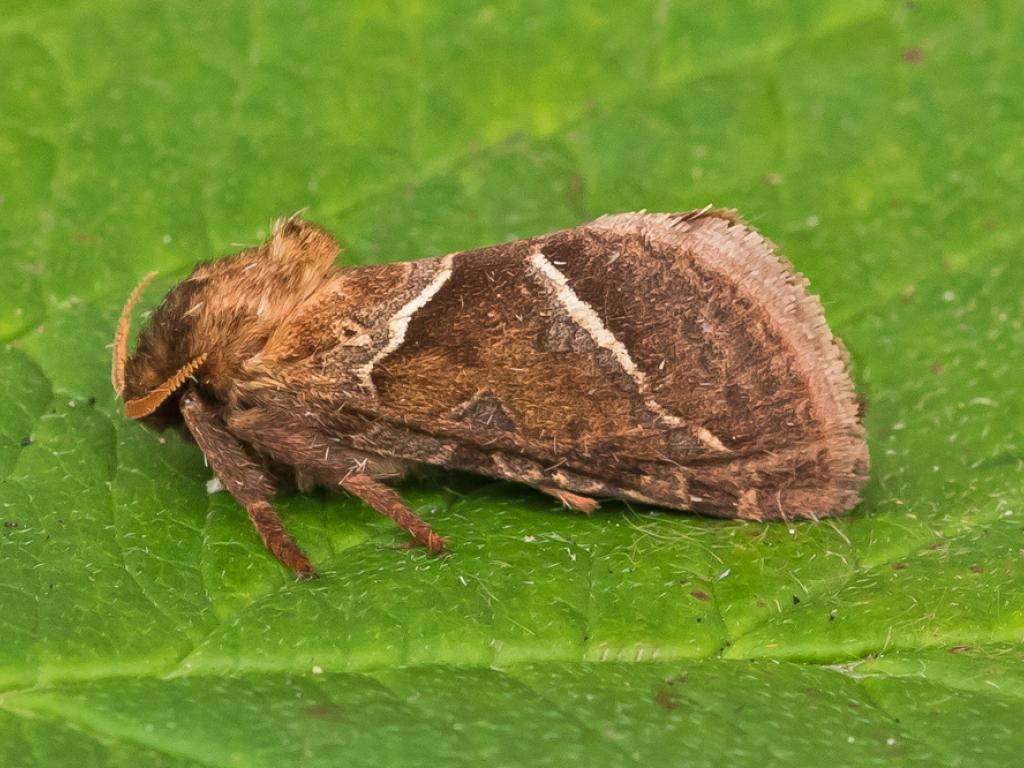
Orange Swift (female) - Tony Morris
Tony Morris
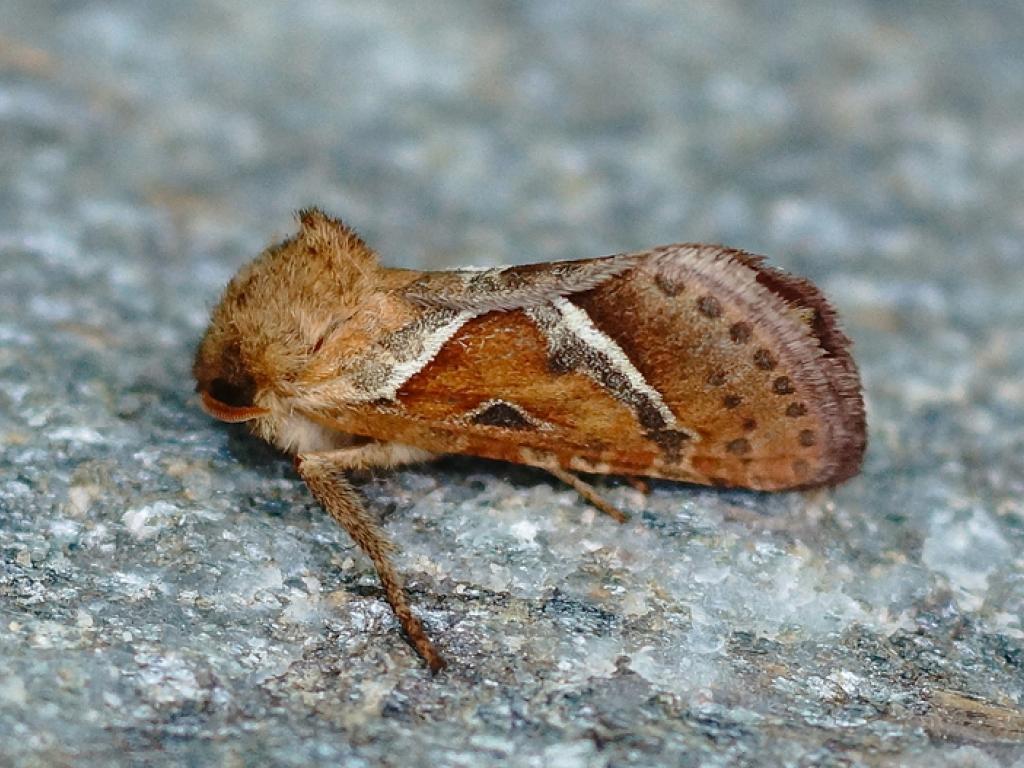
Orange Swift - creaturesnapper
creaturesnapper
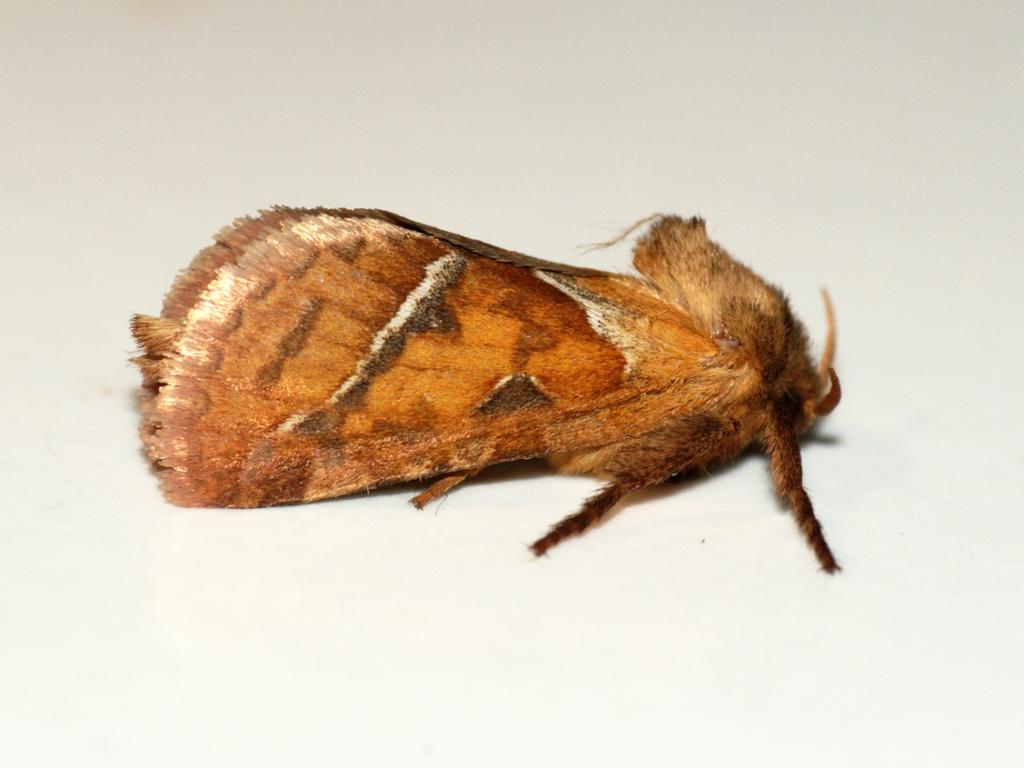
Orange Swift - Ben Sale
Ben Sale
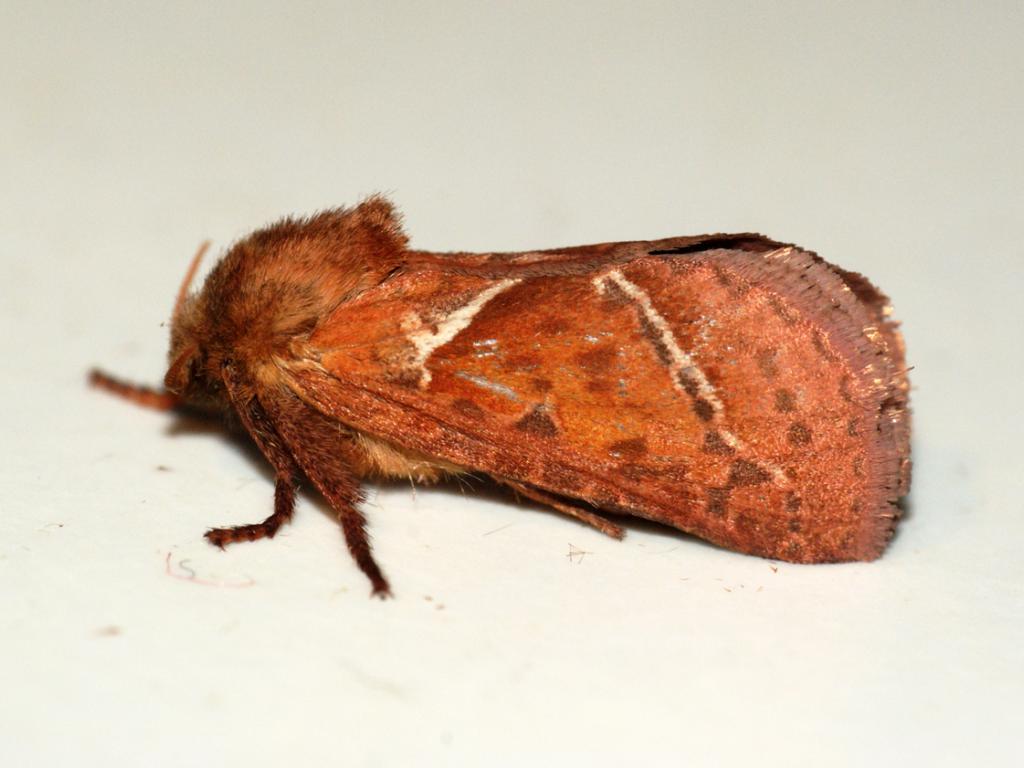
Orange Swift - Ben Sale
Ben Sale
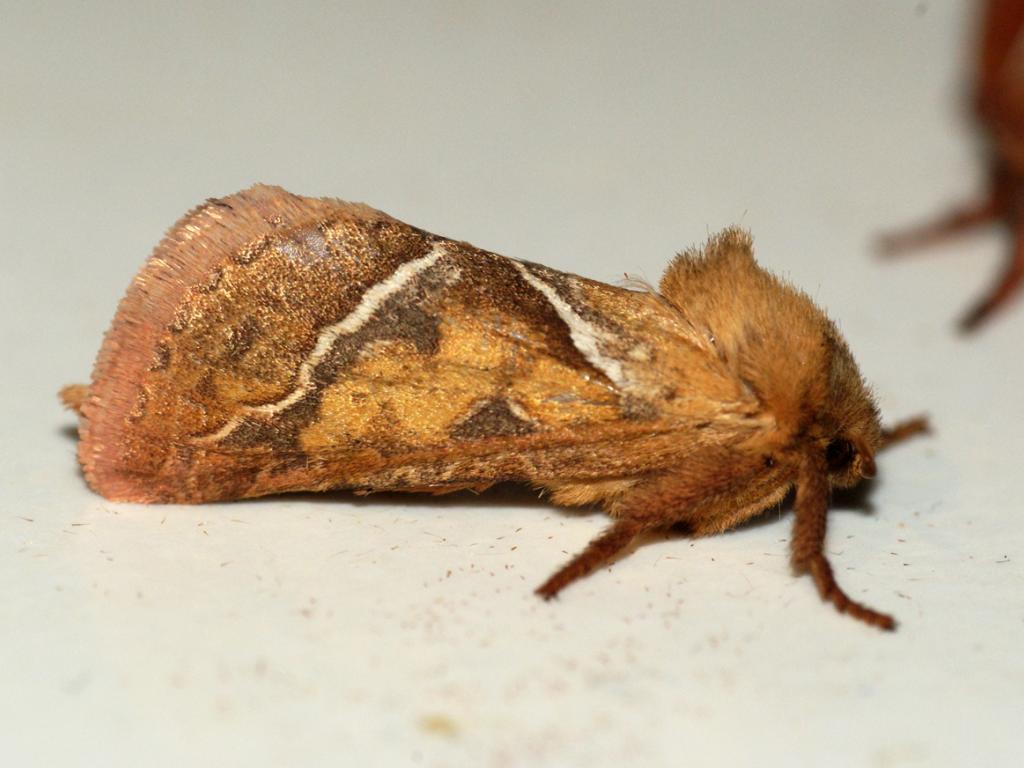
Orange Swift - Ben Sale
Ben Sale
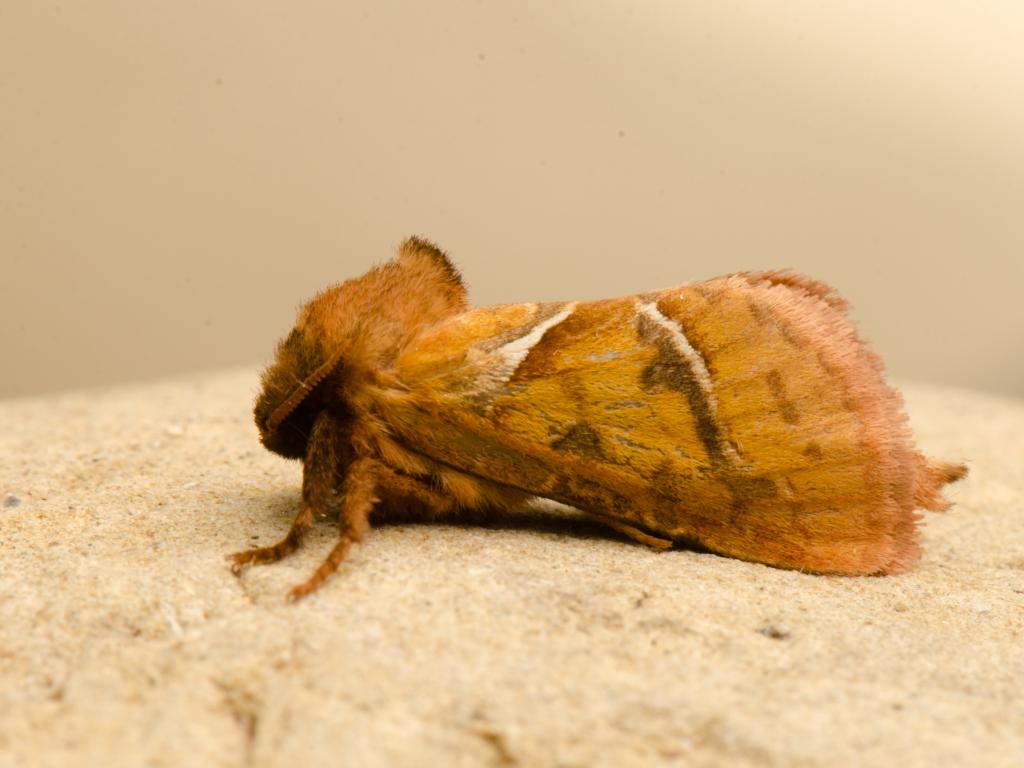
Orange Swift - Koen Thonissen
Koen Thonissen
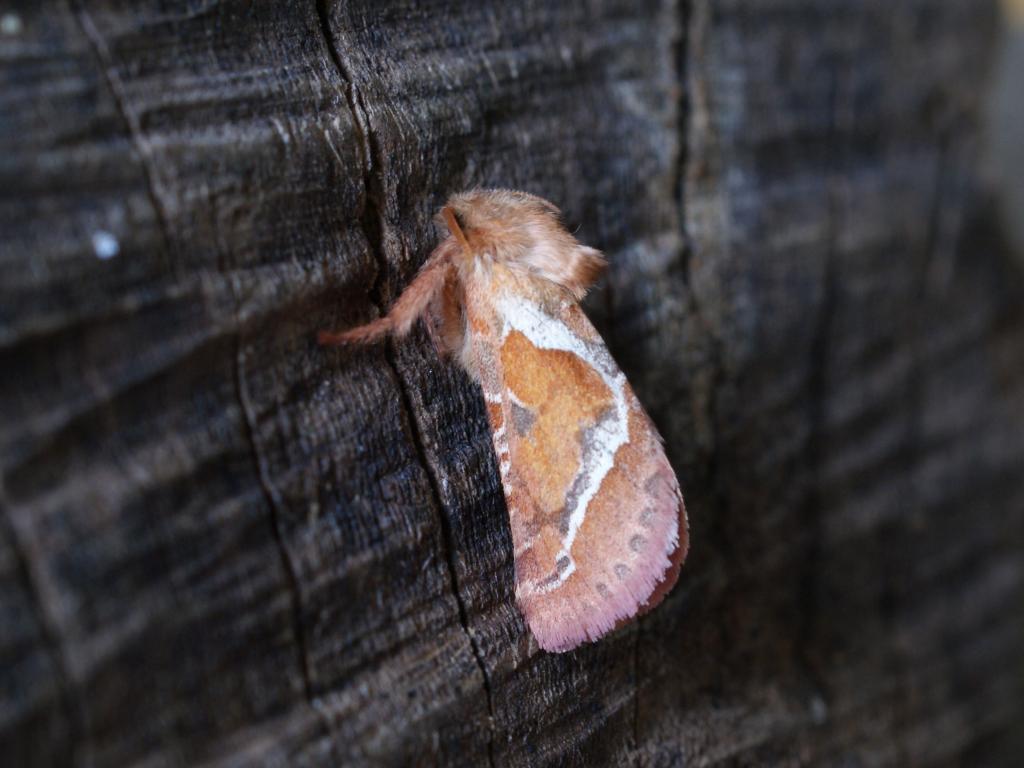
Orange Swift - Dave Shenton
Dave Shenton
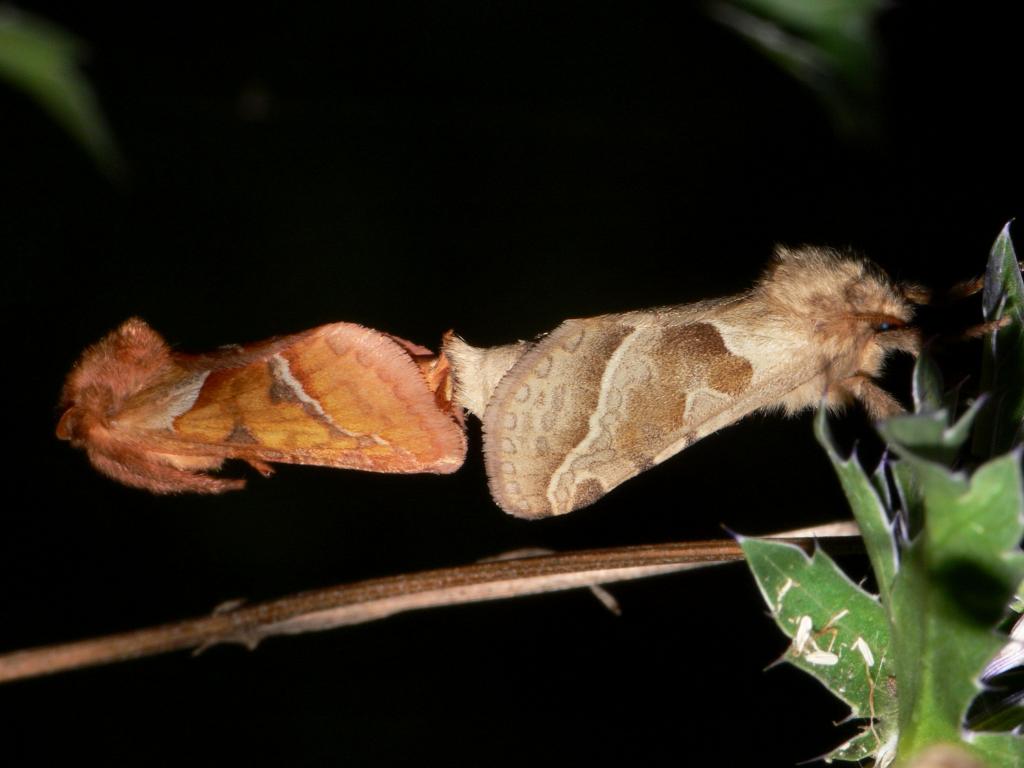
Orange Swift (male & female) - bramblejungle
Orange Swift (male & female) - bramblejungle